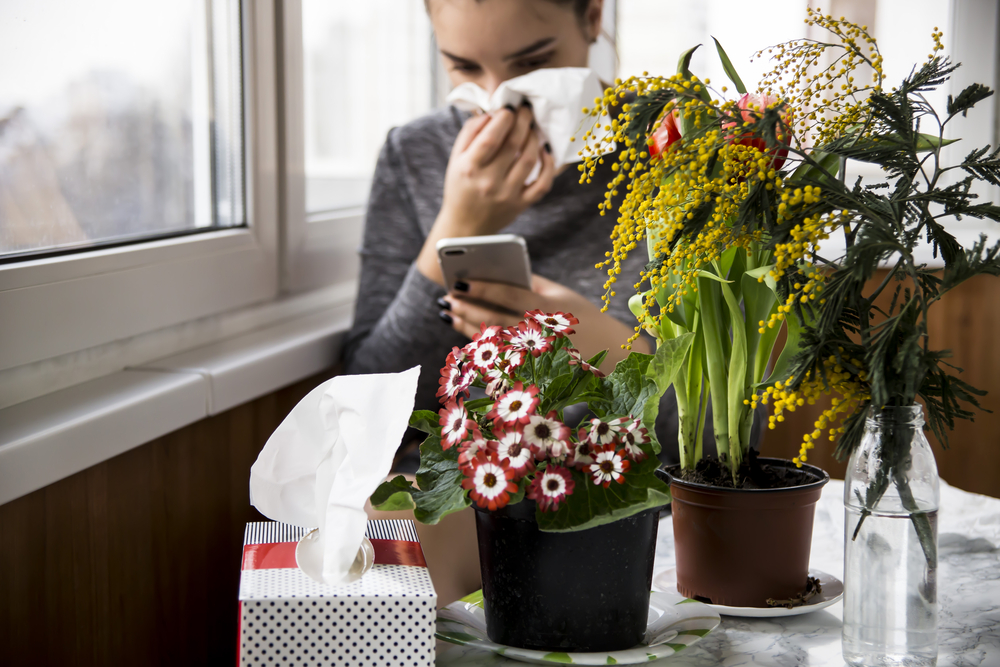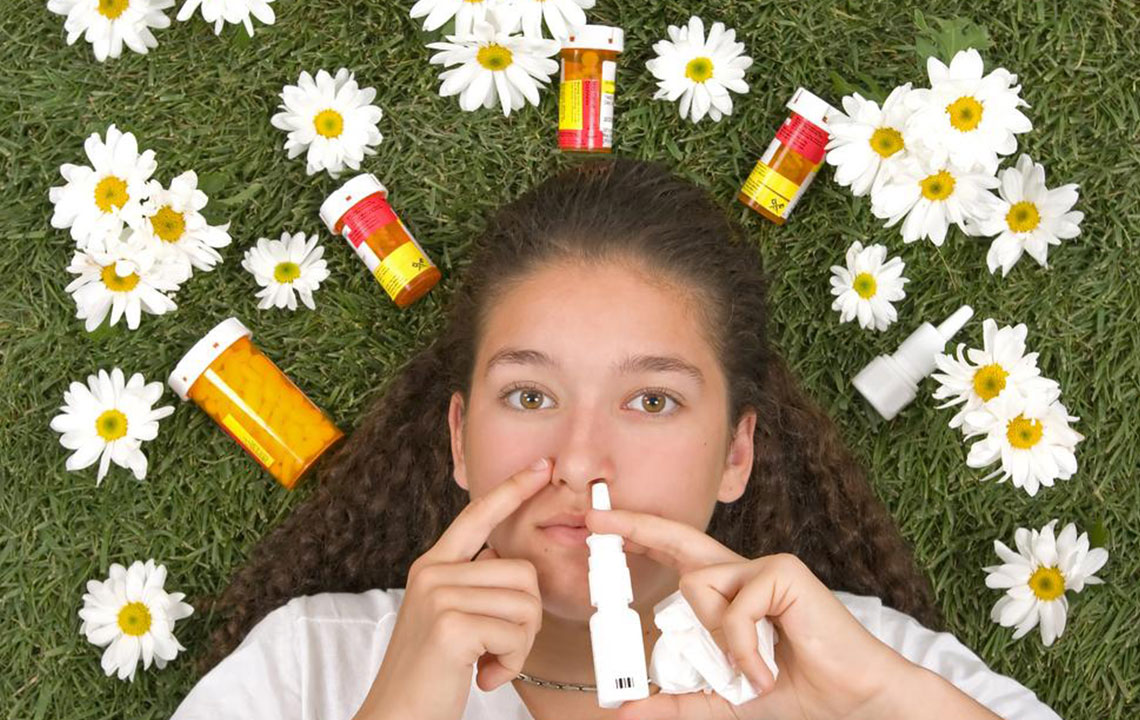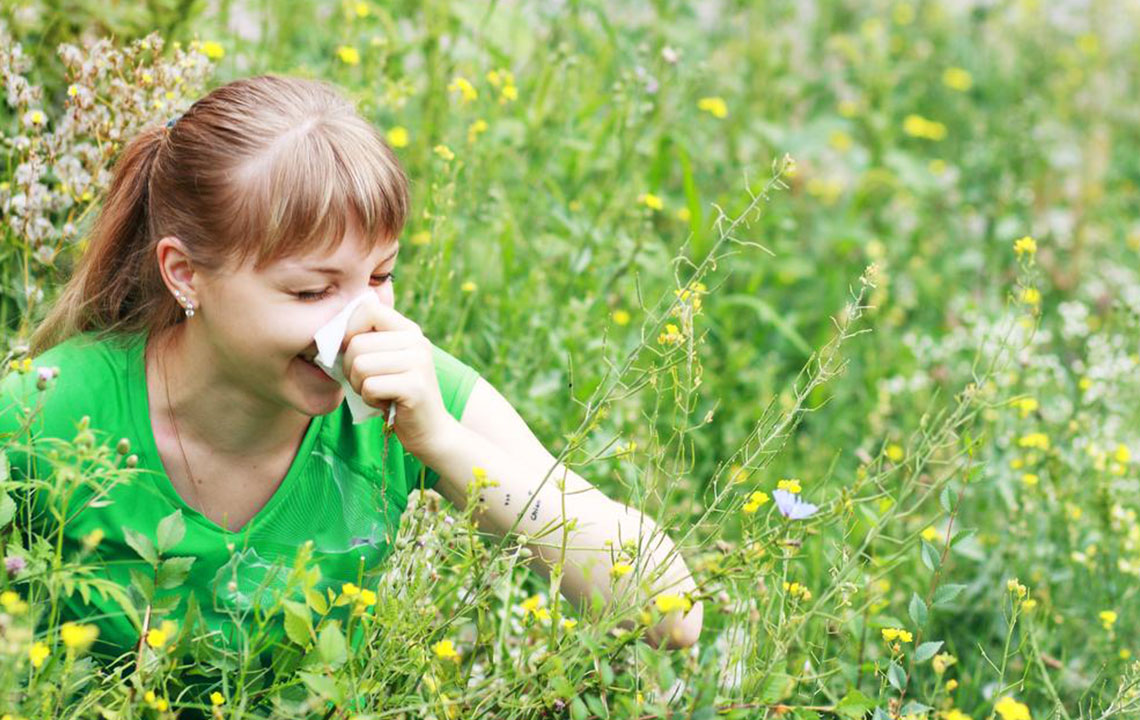Comprehensive Guide to Managing and Mitigating Seasonal Allergies for Better Living
This comprehensive guide explores the causes of seasonal allergies, including pollen and mold triggers, and provides practical strategies to manage and reduce symptoms. Learn about preventive measures, indoor air quality improvement, and lifestyle tips to live comfortably during allergy seasons. Ideal for allergy sufferers seeking effective ways to minimize exposure and improve well-being throughout the year.

Comprehensive Guide to Managing and Mitigating Seasonal Allergies for Better Living
Every year, millions of individuals across the globe, particularly in temperate regions, face the challenging and often disruptive symptoms of seasonal allergies. In the United States alone, approximately 36 million people experience allergy symptoms such as intense sneezing, itchy, watery eyes, nasal congestion, post-nasal drip, coughing, and fatigue. These symptoms often occur during specific times of the year—in spring, summer, and fall—owing to the proliferation of certain airborne allergens like pollen and mold spores. For many, these allergies can significantly compromise quality of life, affecting work productivity, sleep, and overall well-being.
Understanding seasonal allergies, their triggers, and how to effectively manage them is crucial for those affected. While there is presently no absolute cure for allergies, various strategies and lifestyle adjustments can significantly reduce symptom severity and frequency. This comprehensive guide aims to shed light on the causes of seasonal allergies, how to identify personal triggers, and practical ways to minimize exposure, improve indoor air quality, and maintain a healthier, allergy-free lifestyle.
Understanding the Causes of Seasonal Allergies
Seasonal allergies predominantly stem from pollen released by plants, trees, grasses, and molds thriving in humid or damp environments. The most common culprits include ragweed, grasses, tree pollens, and molds that flourish after rainfall or in moist conditions. These substances are airborne and easily inhaled, triggering immune responses in sensitive individuals.
Ragweed pollen is a particularly potent allergen, exhibiting impressive resilience and dispersal capabilities. Ragweed plants are widespread along highways, vacant lots, and open fields, often growing unnoticed by most. During peak seasons, ragweed releases billions of pollen grains into the air, some capable of traveling hundreds of miles with the wind, making exposure nearly unavoidable for those who live in affected regions.
Mold spores are another significant contributor, especially in damp, shaded, or poorly ventilated areas. Molds thrive in environments with high humidity, such as basements, bathrooms, or areas prone to flooding. After periods of heavy rain or flooding, mold growth can surge, releasing spores into the air and exacerbating allergy symptoms. Mold spores are typically microscopic but highly allergenic, leading to respiratory distress, nasal congestion, and aggravation of asthma symptoms.
Recognizing and Identifying Personal Allergic Triggers
Effective management starts with accurately identifying which allergens affect you most. Keeping a detailed allergy diary can help track the timing of symptoms and potential triggers. Common signs include sneezing fits, itchy and watery eyes, nasal congestion or runny nose, coughing, post-nasal drip, and fatigue.
Consultation with an allergist may involve skin prick tests or blood tests to determine specific sensitivities. Once identified, you can tailor your avoidance strategies more effectively, focusing on the most relevant triggers—whether it's ragweed, mold, grasses, or other sources.
Practical Preventive Measures to Reduce Allergen Exposure
Combating seasonal allergies requires proactive steps both outdoors and indoors. Here are some of the most effective preventive measures:
Use protective gear: Wearing masks—preferably N95 or equivalent—during outdoor activities such as gardening, mowing, or yard work can significantly reduce pollen inhalation.
Improve indoor air quality: Installing high-efficiency particulate air (HEPA) filters in your HVAC system or air purifiers in bedrooms and living areas can trap airborne allergens. Dehumidifiers help maintain low indoor humidity, discouraging mold growth.
Monitor pollen forecasts: Regularly check local weather and pollen counts via weather apps or websites. Plan outdoor activities during times when pollen levels are lowest, often early morning or after a rain shower.
Wear sunglasses and protective clothing: Sunglasses can shield your eyes from airborne pollen, while long sleeves and hats can reduce skin exposure.
Maintain personal hygiene: Shower after outdoor activities to wash away pollen from skin and hair, reducing the amount transferred inside your home. Also, change and wash clothes regularly.
Timing outdoor workouts: Schedule outdoor exercise sessions during early mornings or late evenings when pollen counts are typically lower to minimize exposure.
Pet care: Regularly bathe and groom pets, especially those that spend considerable time outdoors, as they can carry pollen on their fur into your living environment. Be mindful that pets sleeping indoors or on your bed can contribute to indoor allergen load.
Additional Strategies to Minimize Exposure and Manage Symptoms
Additional tips for effectively managing symptoms include keeping windows and doors closed during high pollen seasons and running air conditioning with HEPA filters to filter outdoor allergens. Using saline nasal sprays can help rinse pollen from nasal passages. Some individuals find allergy medications like antihistamines, decongestants, or nasal corticosteroids helpful; however, consult with a healthcare provider for personalized advice.
Consider exploring immunotherapy options, such as allergy shots, if your symptoms persist or worsen despite lifestyle modifications and medications. These treatments can gradually desensitize your immune system to specific allergens over time.
Living Comfortably During Allergy Season
Managing seasonal allergies involves a comprehensive approach combining environmental modifications, medical treatment, and lifestyle adjustments. Staying informed about local pollen levels, taking preventive measures, and practicing good hygiene can significantly reduce the impact of allergies on daily life. By proactively managing your environment and symptoms, you can enjoy improved comfort and health during peak allergy seasons.
In conclusion, while seasonal allergies remain a common and sometimes frustrating health issue, understanding their causes and implementing effective management strategies can make a substantial difference. Staying vigilant and prepared ensures you maintain a better quality of life even during the most pollen-heavy times of the year.





